Fish is a beloved culinary staple worldwide, prized for its flavor, nutritional value, and versatility. Whether grilled, baked, fried, or steamed, it often graces dinner tables as a centerpiece of meals. However, the age-old question lingers: How long can leftover fish be safely stored before it becomes a health risk? This article delves into the science, safety guidelines, and practical tips for determining the shelf life of cooked fish, ensuring you enjoy your meals without compromising your well-being.
Understanding Fish Spoilage: The Enemies of Freshness
Fish, like all perishable foods, deteriorates over time due to microbial activity, enzymatic reactions, and oxidation. Several factors influence the rate of spoilage:
- Microbial Growth: Bacteria, molds, and yeasts naturally present on fish multiply rapidly in the “danger zone” (40°F–140°F or 4°C–60°C). Pathogens like Salmonella, Vibrio, and Listeria can cause foodborne illnesses if consumed.
- Enzymatic Breakdown: Enzymes in fish tissue break down proteins and fats, leading to texture changes and off-flavors.
- Oxidation: Exposure to air causes fats to oxidize, resulting in rancidity and unpleasant odors.
Cooked fish is particularly vulnerable because cooking destroys natural barriers (e.g., scales, skin) and alters moisture levels, creating an ideal environment for spoilage organisms.
Refrigeration: The First Line of Defense
Proper refrigeration is critical for extending the life of leftover fish. The U.S. Department of Agriculture (USDA) recommends storing cooked fish at 40°F (4°C) or below. At this temperature, bacterial growth slows significantly, though it does not halt entirely.
Key Guidelines:

- Timeframe: Cooked fish should be consumed within 3–4 days when refrigerated. This window accounts for variations in refrigerator efficiency and initial food handling.
- Storage Method: Place leftovers in shallow, airtight containers or resealable bags to minimize air exposure. Avoid stacking containers to ensure even cooling.
- Labeling: Date leftovers to track freshness and avoid confusion with newer dishes.
Freezing: A Long-Term Solution
For leftovers exceeding the 3–4 day refrigeration window, freezing is the best option. Freezing halts microbial growth and enzymatic activity, preserving quality for months.
Best Practices for Freezing Fish:
- Preparation: Allow cooked fish to cool to room temperature (no more than 2 hours) before freezing to prevent condensation and ice crystal formation.
- Packaging: Use freezer-safe, airtight containers or heavy-duty freezer bags. Remove excess air to prevent freezer burn.
- Portioning: Divide leftovers into meal-sized portions for easier thawing and to avoid refreezing thawed fish (a major safety risk).
- Labeling: Include the date and contents. Frozen fish retains quality for 2–3 months, though it remains safe indefinitely if kept at 0°F (-18°C) or lower.
Thawing and Reheating: Safety First
Thawing frozen fish improperly can introduce bacteria, undoing the benefits of freezing.
Safe Thawing Methods:
- Refrigerator Thawing: Transfer frozen fish to the refrigerator 24 hours before use. This slow, even thawing maintains quality.
- Cold Water Thawing: Submerge sealed fish in cold water, changing the water every 30 minutes. Cook immediately after thawing.
- Microwave Thawing: Use the defrost setting, but cook fish immediately to prevent bacterial growth.
Reheating Guidelines:
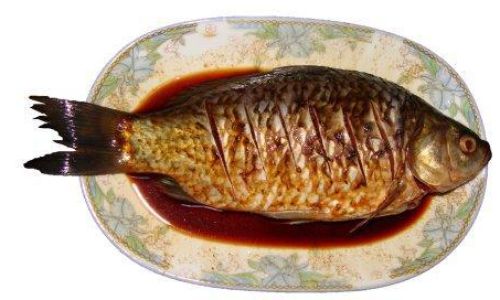
- Heat leftover fish to an internal temperature of 165°F (74°C) to kill pathogens.
- Avoid reheating multiple times, as each cycle increases bacterial risk.
- Use ovens, stovetops, or microwaves, ensuring even heating.
Signs of Spoilage: When to Discard Leftovers
Trust your senses, but verify with science. Spoiled fish often exhibits:
- Foul Odor: A sharp, ammonia-like smell indicates bacterial activity.
- Slimy Texture: Microbial growth produces a sticky film.
- Discoloration: Graying, dulling, or greenish hues signal oxidation or mold.
- Off-Flavors: Sour, bitter, or “fishy” tastes beyond the expected aroma.
When in Doubt, Throw It Out: Consuming spoiled fish can lead to nausea, vomiting, diarrhea, or severe infections like ciguatera (from tropical reef fish) or scombroid poisoning (from histamine-producing bacteria).
Fish Type Matters: Variations in Shelf Life
Not all fish are created equal. Fatty fish (e.g., salmon, mackerel) spoil faster than lean varieties (e.g., cod, tilapia) due to higher oil content, which oxidizes more rapidly.
Shelf Life by Fish Type:
- Fatty Fish: 2–3 days refrigerated, 2 months frozen.
- Lean Fish: 3–4 days refrigerated, 3 months frozen.
- Shellfish: Shrimp and crab last 2–3 days refrigerated; avoid freezing if cooked with creamy sauces (texture becomes grainy).
Creative Ways to Repurpose Leftovers
Extend the life of leftover fish beyond reheating with these ideas:
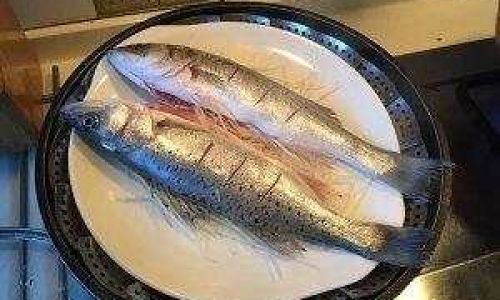
- Fish Cakes: Mix with mashed potatoes, herbs, and breadcrumbs; pan-fry.
- Salads: Flake into greens with citrus dressings or avocado.
- Soup: Add to chowders or tomato-based broths.
- Tacos: Serve with slaw, salsa, and lime in tortillas.
Common Myths Debunked
- “Freezing Kills All Bacteria”: Freezing only inactivates microbes; they revive during thawing.
- “Smell Test is Foolproof”: Some pathogens, like Listeria, emit no odor.
- “Reheating Kills All Toxins”: Certain toxins (e.g., staphylococcal enterotoxins) survive cooking.
Expert Insights: What the Studies Say
Research underscores the importance of time and temperature control. A 2021 study in the Journal of Food Protection found that Listeria monocytogenes grew on cooked salmon stored at 45°F (7°C) after 5 days, highlighting the need for strict refrigeration.
Similarly, a 2020 FDA report emphasized that frozen fish, while safe indefinitely, suffers quality decline beyond 3 months due to ice crystal damage.
Global Perspectives: Cultural Practices and Safety
Cultures with rich fishing traditions often employ time-tested preservation methods:
- Japan: Ikizukuri (sashimi preparation) requires ultra-fresh fish, consumed within hours.
- Scandinavia: Gravlax (cured salmon) uses salt and sugar to inhibit bacteria, extending shelf life.
- Coastal Africa: Smoking and sun-drying fish create shelf-stable proteins lasting weeks.
Modern kitchens blend these traditions with refrigeration, balancing flavor and safety.
Conclusion: Enjoy Fish Responsibly
Leftover fish is a treasure, not a liability, when handled correctly. By adhering to the 3–4 day refrigeration rule, mastering freezing techniques, and recognizing spoilage signs, you can savor every bite without risk. Remember: Food safety is a science, but its application in your kitchen is an art. Treat leftovers with care, and they’ll reward you with delicious, worry-free meals.

Final Tip: When dining out, ask about fish preparation times. If in doubt about a restaurant’s handling practices, opt for smaller portions to minimize leftovers. Your health—and taste buds—will thank you.


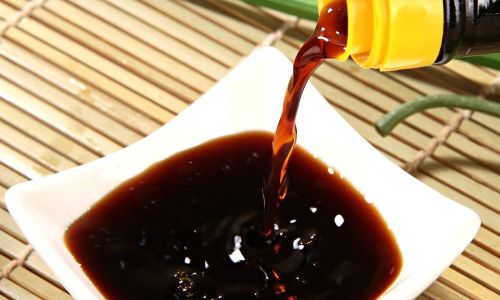

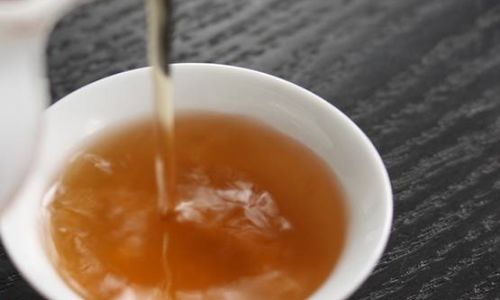
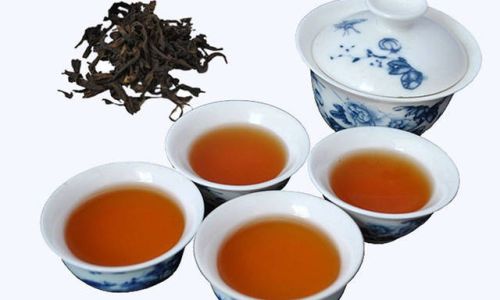
0 comments